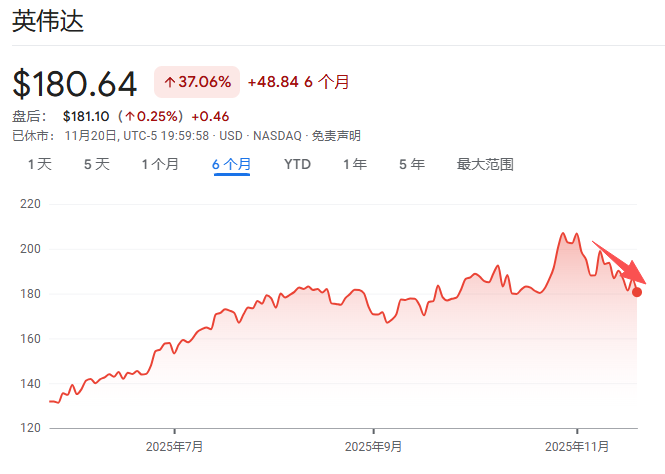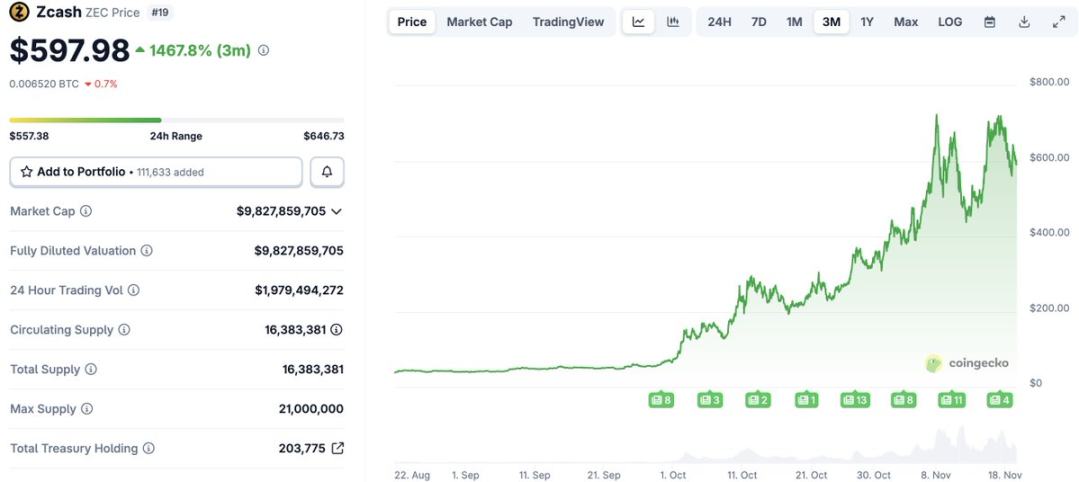Liquid restaking and rollup platform Puffer introduces token along with community airdrop
Quick Take Puffer Finance has introduced its governance token and details for an upcoming airdrop. The airdrop claim process will run from Oct. 14, 2024, to Jan. 14, 2025. Puffer Finance’s total token supply is 1 billion, with an initial supply of 102.3 million.

Liquid restaking infrastructure platform and rollup solution Puffer Finance has announced the release of its new governance token and provided details regarding an upcoming airdrop.
The airdrop claim process will begin on Oct. 14, 2024, and remain open until Jan. 14, 2025.
Puffer has a total supply of 1 billion tokens, with an initial supply of 102.3 million. Distribution includes 40% for ecosystem and community initiatives, 13% for airdrops, 1% for Ethereum core development, 20% for early contributors and advisors, and 26% for investors.
The project has allocated 7.5% (75 million tokens) of the supply through the first season of an airdrop campaign called “Crunchy Carrot Quest,” with the snapshot taken on Oct. 1. The second season, currently taking place, will allocate 5.5% of the tokens.
The token will allow the community to participate in governance decisions related to protocol parameters, including fees and security measures.
The Puffer token will be based on a vote escrow mechanism, allowing users to stake for vePUFFER, another token that gives holders governance rights proportional to their votes.
Puffer Finance began as a liquid staking protocol with the introduction of Puffer LST and later expanded to liquid restaking on EigenLayer. It holds over $1.3 billion in total value locked. It’s also developing UniFi, a rollup that aims to leverage Ethereum validators for transaction sequencing, and UniFi AVS, a preconfirmation service to help speed up rollups.
In April, Puffer raised $18 million in a Series A funding round co-led by Brevan Howard Digital and Electric Capital.
Disclaimer: The content of this article solely reflects the author's opinion and does not represent the platform in any capacity. This article is not intended to serve as a reference for making investment decisions.
You may also like
Has the four-year cycle of Bitcoin failed?
The various anomalies in this cycle—including waning sentiment, weakening returns, disrupted rhythms, and institutional dominance—have indeed led the market to intuitively feel that the familiar four-year cycle is no longer effective.

At an internal Nvidia meeting, Jensen Huang admitted: It's too difficult. "If we do well, it's an AI bubble," and "if we fall even slightly short of expectations, the whole world will collapse."
Jensen Huang has rarely admitted that Nvidia is now facing an unsolvable dilemma: if its performance is outstanding, it will be accused of fueling the AI bubble; if its performance disappoints, it will be seen as evidence that the bubble has burst.

After a 1460% Surge: Reassessing the Value Foundation of ZEC
Narratives and sentiment can create myths, but fundamentals determine how far those myths can go.

The demise of a DAT company
The $1 billion Ethereum DAT plan led by Li Lin and others has been shelved due to the bear market, and funds have been returned. This "going with the flow" approach may reflect consideration of investor sentiment.
